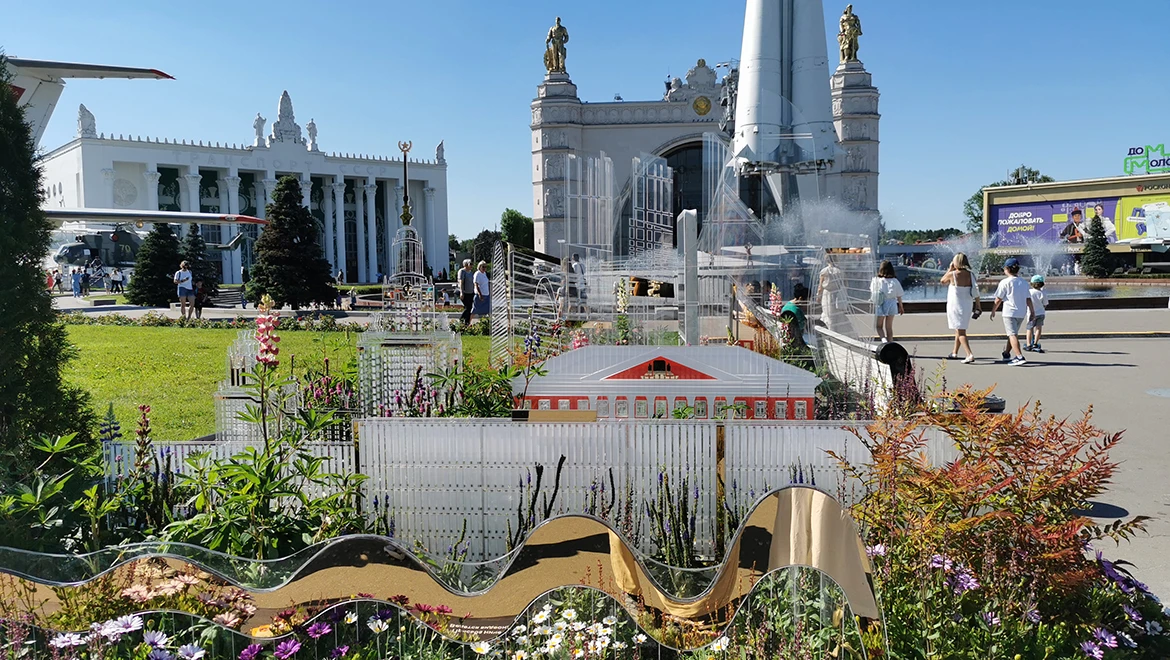Adams' rhododendron. Irkutsk region
Adams' rhododendron is a small evergreen shrub with a pleasant scent. The flowers are small and pale pink. It is endemic to Eastern Siberia and is listed in the Red Book of the Irkutsk region. The plant is named after the naturalist and botanist Johann Friedrich (Mikhail Ivanovich) Adams, who first described it in his report following an expedition to Eastern Siberia. It does not grow in artificially created environments and is found only in nature.
For the indigenous peoples of Siberia, sagan dailya — as they call Adams' rhododendron - has always been considered a miraculous plant. They prepare a tizan (herbal drink) from it, which was used in magical rituals and ceremonies at the imperial courts of the Qing dynasty in China. In Buddhist mythology, rhododendron is one of the seven plants surrounding the god of medicine and health. Siberian shamans brewed an aromatic drink from it to communicate with the gods. The plant is shrouded in legends.
In ancient times, a white eagle named Sagan would fly to the shores of Lake Baikal. Here it would transform into a young man to meet his beloved, Dailya. An evil shamaness envied the young couple and set traps along the lakeshore, then gave the girl a sleeping potion. Sagan flew to meet his beloved and got caught in the traps. He immediately transformed into a mighty eagle and broke free, but was badly injured. When Dailya woke up, she saw the bloody feathers and blamed herself for her lover's death. She decided to end her life and stepped off a cliff, but the white eagle caught her and saved her. In the places where the eagle's feathers fell, a shrub grew, which was named after the lovers.
It is now proven that sagan dailya has comprehensive health benefits for the human body: it improves digestion, helps relieve anxiety and excitability, strengthens the walls of blood vessels and the heart muscle, stimulates blood circulation, is beneficial for kidney diseases and edema due to its diuretic effect, and suppresses the growth of Staphylococcus aureus more effectively than modern antibiotics.
Along with the RUSSIA EXPO, the flower festival is also coming to an end.
The "Future in Flowers" festival continues at the RUSSIA EXPO, where unique flowerbeds from all regions of our country can be seen at the "Space" pavilion until July 8.
The RUSSIA EXPO concludes on July 8, and with it, the flower festival will also come to an end.





